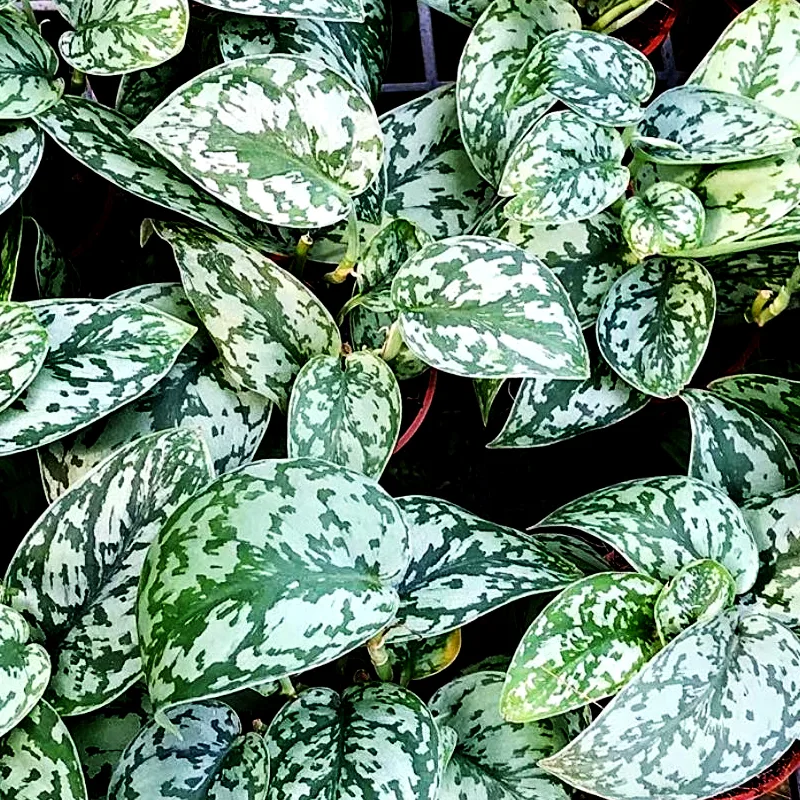What is Hoya Minibelle?
Hi, I’m Ferb Vu, and I’m here to answer your burning questions about the Hoya Minibelle. This charming little Hoya is a favorite among collectors, and for good reason. Its delicate, star-shaped flowers and lush, waxy foliage make it a stunning addition to any indoor space.
Whether you’re a seasoned plant parent or just starting your collection, the Hoya Minibelle is a rewarding choice. Let’s dive into the most common questions about this captivating plant.
566 Species in Genus Hoya
Light: Sunshine Seeker or Shade Dweller?
The Hoya Minibelle thrives in bright, indirect sunlight. Think dappled light filtering through a sheer curtain – that’s the sweet spot. Avoid harsh, direct sunlight, which can scorch the leaves. While it can tolerate lower light conditions, it might become leggy and struggle to bloom.
Key takeaway: Think bright, indirect light for optimal growth and blooms.
Watering: When Does Thirsty Strike?
One of the beauties of the Hoya Minibelle is its drought tolerance. Unlike some high-maintenance plants, this Hoya doesn’t need constant coddling. The key is to water deeply when the top inch or two of soil feels dry to the touch. Avoid soggy soil, which can lead to root rot.
Pro tip: Err on the side of underwatering. A dehydrated Hoya will recover more readily than one suffering from root rot.
Soil: The Right Foundation
For a happy Hoya Minibelle, well-draining soil is paramount. A good potting mix should allow excess water to drain freely. Consider a blend specifically formulated for cacti and succulents, or create your own mix using perlite, orchid bark, and potting soil.
Comparison point: Standard potting mix often retains too much moisture for Hoyas. Opt for a lighter, airier option.
Temperature: Keeping it Cozy
The Hoya Minibelle prefers warm temperatures, ideally between 60-80 degrees Fahrenheit (15.5-26.6 degrees Celsius). It can tolerate slightly cooler conditions, but avoid letting it dip below 50 degrees Fahrenheit (10 degrees Celsius). Drafts and sudden temperature fluctuations can stress the plant.
Remember: Aim for consistent warmth for optimal growth.
Humidity: A Breath of Fresh Air
While the Hoya Minibelle isn’t overly fussy about humidity, it appreciates a moderately moist environment. Average household humidity levels usually suffice, but if your air is particularly dry, consider using a humidifier or grouping your Hoya with other moisture-loving plants.
Comparison point: Unlike tropical ferns, Hoyas don’t require extremely high humidity levels to thrive.
Fertilizer: Food for Thought
The Hoya Minibelle isn’t a heavy feeder. A balanced fertilizer diluted to half strength can be applied monthly during the growing season (spring and summer). Hold off on fertilizing during the winter months when the plant is less active.
Key takeaway: Less is more when it comes to fertilizing your Hoya Minibelle.
Common Concerns: Troubleshooting Your Hoya
Leaves curling: This can be a sign of underwatering. Give your Hoya a thorough soak and allow the soil to dry completely before watering again.
Leaves dropping: This can indicate overwatering, root rot, or insufficient light. Check the soil moisture and adjust your watering habits. Ensure the plant receives adequate light.
No blooms: Patience is key! The Hoya Minibelle typically takes a few years to mature and flower. Providing bright, indirect light and proper care will encourage blooming.
Propagation: Sharing the Hoya Love
The Hoya Minibelle can be easily propagated through stem cuttings. Take a healthy stem tip with a few nodes, remove the lower leaves, and plant it in a well-draining potting mix. Keep the cutting moist and provide bright, indirect light. With a little time and care, your new Hoya will be on its way.
Hoya Minibelle vs Shepherdii
Hoya Minibelle, originating from a cross between Hoya Shepherdii and Hoya Carnosa, takes its name from the hybridizer’s spouse, Minibelle Hummel.
Conclusion: The Allure of the Hoya Minibelle
The Hoya Minibelle is a captivating plant that offers a combination of low-maintenance care and stunning beauty. With its delicate blooms and lush foliage, it’s sure to become a cherished member of your indoor plant collection. By following these simple guidelines, you can ensure your Hoya Minibelle thrives for years to come.
If i die, water my plants!



